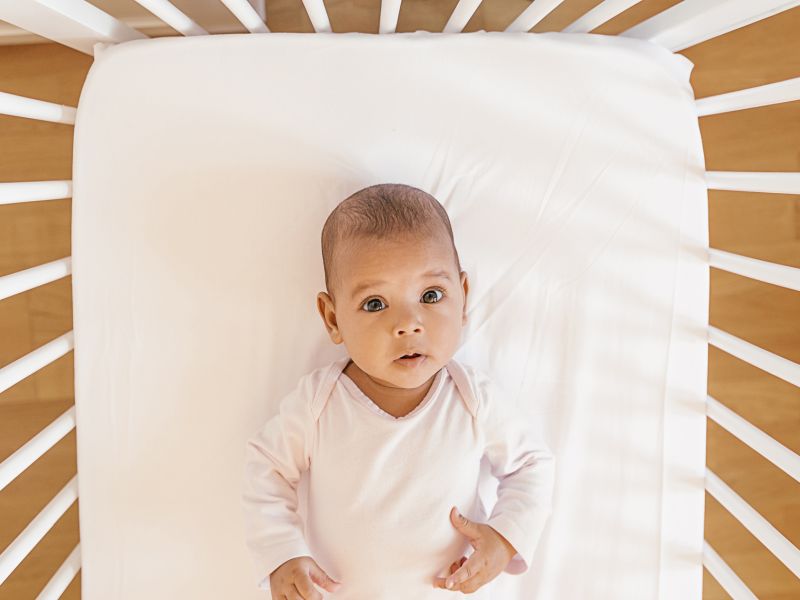MONDAY, April 22, 2019 (HealthDay News) — The death of a baby is always tragic, but safe sleep practices could have prevented some recent suffocation deaths, new research claims.
The study found two factors appeared to be behind a majority of infant deaths by suffocation:
- A baby not sleeping on his or her back.
- A baby sleeping in an adult bed.
“Although this is a small proportion of sudden unexpected infant deaths, many suffocation deaths can be prevented,” said study author Alexa Erck Lambert. She is an epidemiologist at DB Consulting Group in Silver Spring, Md.
While the rates of accidental suffocation and strangulation in bed are low, they’re on the rise.
In 1999, six such deaths were recorded. In 2015, that number rose to 23 babies, according to background information in the study.
The authors noted that the rise in these deaths may be due to more precise definitions of causes-of-death. They added that current statistics may underestimate the problem.
For the new study, the researchers reviewed more than 1,800 infant deaths in a database of sudden unexpected infant deaths (SUID) from 2011 to 2014. In all, 250 babies — 14% — died from suffocation.
The cause of 69% of these deaths was soft bedding. And almost all — 92% — of the babies who died from suffocation on soft bedding weren’t sleeping on their backs. They were found on their side or on their stomach. Nearly half were in adult beds when they died, according to the report.
Pillows, blankets and couch cushions were cited as types of soft bedding that contributed to these deaths, the researchers noted.
Nineteen percent of the suffocation deaths were due to “overlay.” That means someone was on top of the infant when the baby died. Most of the time it was a parent, but in 22% of overlay deaths, a sibling was on top of the baby.
The remaining 12% of infant suffocation deaths were attributed to “wedging.” This is when a baby gets wedged between a mattress and another surface. Half the time, the other surface was a wall. In roughly one-quarter of cases, it was the bedframe. Three-quarters of these deaths occurred in an adult bed. Nearly half occurred when a baby was sleeping with another person.
Dr. Maryann Buetti-Sgouros, chair of pediatrics at Northern Westchester Hospital in Mount Kisco, N.Y., wasn’t surprised by the findings, but she did express frustration.
“These are all deaths that were preventable; these were unnecessary deaths,” she said.
Some parents tell her they feel better if their baby is close so they can respond if he or she needs something. “Or, some parents feel their baby is advanced enough to be able to sleep on their stomach, because they saw the baby roll over once,” she added.
But the study found almost 90% of babies between 0 and 4 months of age, and nearly 70% of infants from 5 to 11 months who died of suffocation were found on their stomachs.
“It’s just not worth the risk,” Buetti-Sgouros said.
She urged parents to follow the American Academy of Pediatrics’ (AAP) guidelines, which recommend babies be placed on their backs to sleep. AAP recommends that infants sleep in the same room with parents for the first 12 months of life — but not in the same bed. Buetti-Sgouros said it’s fine to have the baby’s crib in your room, so that the baby is still close.
The U.S. Centers for Disease Control and Prevention (which provided funding for the study) also recommends that parents:
- Put baby to sleep on a firm sleep surface.
- Keep pillows, bumpers, blankets and soft toys out of the baby’s sleeping area.
Erck Lambert said it isn’t clear from this study why some parents continue to put babies to sleep on their stomachs, or let them sleep on soft surfaces. But she hopes the findings will help “better target prevention efforts.”
The findings were published online April 22 in Pediatrics.
More information
Learn more about preventing sudden infant deaths and suffocation from the American Academy of Pediatrics.
Copyright © 2025 HealthDay. All rights reserved.

